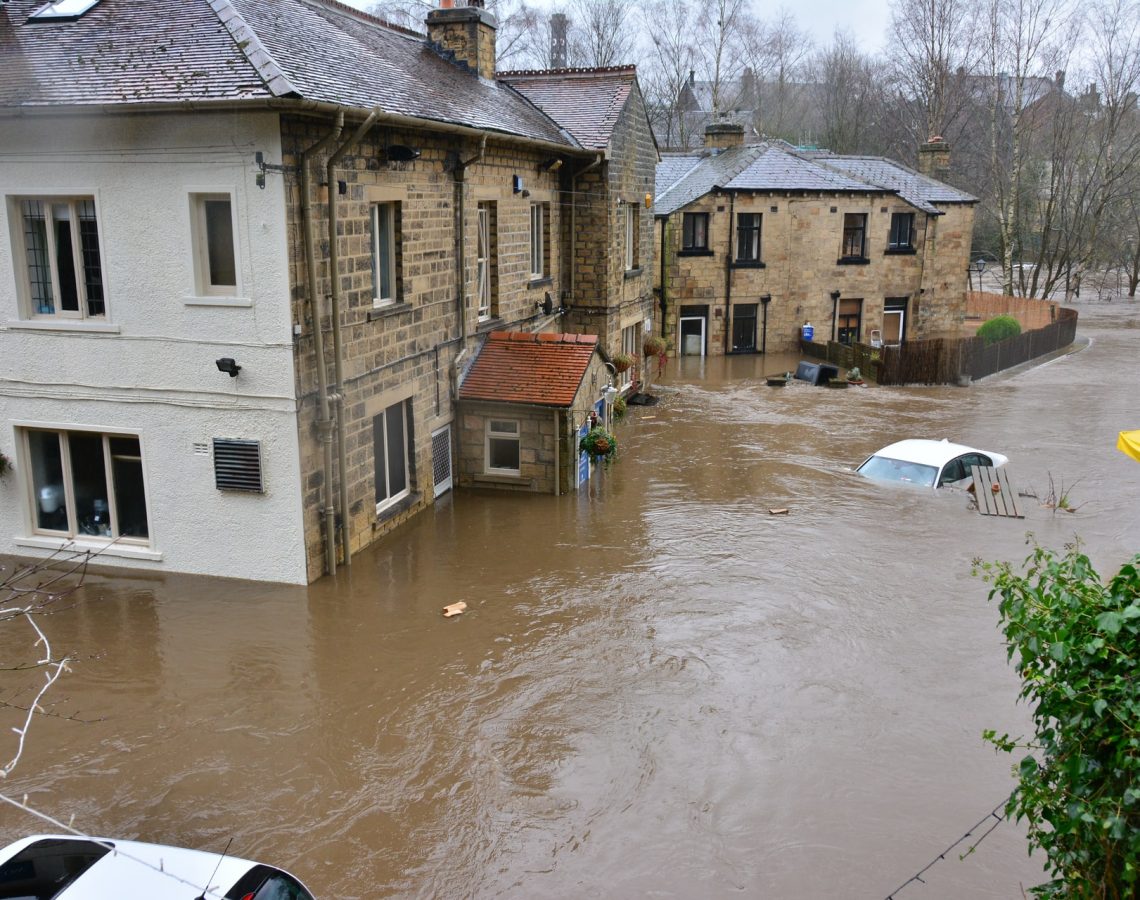Building Homes in Flood Zones Requires a Focus on Sustainable Drainage

A national news story in The Guardian has drawn attention to the fact that housing developers continue to be granted planning permission to build thousands of new homes in flood zones. https://www.theguardian.com/society/2021/nov/22/more-than-5000-homes-in-england-approved-to-be-built-in-flood-zones
The article also addresses the ongoing challenges faced by planners, builders, and insurers as the industry attempts to tackle the ever-increasing shortage of houses.
At RAB we understand the challenges faced by planners and accept that new developments in flood zone areas are unavoidable. However, our experience tells us that more focus must be placed on sustainable drainage solutions from the onset, rather than as an afterthought.
The Environment Agency estimates that more than 5 million homes and businesses in England are already at risk of flooding, so building new properties in flood zones in only going to exacerbate the problem.
Russell Burton, Managing Director at RAB Consultants is all too aware that climate change is only adding to the challenges faced by the industry: “We are building more properties in flood zones at the same time as we are seeing an increase in flood events. We are heading quite literally towards a perfect storm. Developments in flood zones are viable but they must be done in a resilient and sustainable way. It is also important to remember that any building in a flood zone creates a hard-ground footprint, reducing natural drainage and run-off. This shifts the problem to downstream or to neighbouring land and properties.”
RAB Consultants have identified a four-point plan that it is encouraging the industry to embrace as it seeks to deliver resilient and sustainable construction in flood zone areas:
- Flood zones are often poorly defined through a high-level indicative view of land that may be at risk of flooding. More focus is needed on modelling and assessing site specific flood risk in detail to ensure that, where appropriate, sustainable development can go forward even though the high-level view may indicate caution.
- Too often drainage is the last thought, even an afterthought. We believe it should be the first thought. All new developments should be designed with sustainable drainage in mind. Masterplans should be drawn up that work with the natural landscape and treat rainfall runoff as close to its source as possible in accordance with Sustainable Drainage (SuDS) principles using green roofs, water butts, swales, and rain gardens.
- No development, not matter how small should lead to a ‘Flood Thy Neighbour’ scenario. SUDS will prevent this in new developments but should also be retrofitted into existing developments and properties in the same way that the government has implemented grants for insulation and shortly heat pumps.
- Many communities that benefit from existing flood defences need further investment to strengthen those defences against the impacts of climate change. More work is needed to assess and model climate change in these existing flood zone communities so that funding is targeted and well spent in those areas likely to need it the most.
RAB Consultants deliver a wide range of resilience and flood risk services for both public and private sector organisations. More information is available here on our website, or you can get in touch for an informal discussion on your specific project by email enquiries@rabconsultants.co.uk or call our head office in Lichfield on 01543 547303.

